Photo credits: David Clements Productions/Vickie Stringer Publishing
Inside the broad, multi-faceted industry of entertainment lies another element within its music division, which also has many facets: The performance art called dance.
Dating back to the early 20th century, dancing has been a staple of every profit-making part of the music business one could think of. In the early to mid-1900s, dancers who locally became popular inside the bustling clubs of a city’s so-called nightlife often catapulted their careers into the national spotlight. Their success set the table for future generations of dancers.
In the U.S., burlesque culture has been a major conduit for women, in particular, to dance their way to fortune. Variety shows, which showcased burlesque-dancing ladies were the most popular from the 1860s to the 1940s. The dancers performed in cabarets and clubs, as well as theatres. Burlesque content featured bawdy comedy and female striptease.
Hollywood tried to recapture the spirit of these popular live performances. From the 1930s to the 1960s, Hollywood producers, at times, included burlesque-style scenes within their dramatic films. Unfortunately, in the U.S. (as beautiful and talented as they were), black burlesque-dancing ladies did not have the same great opportunities as their white female counterparts.
However, a black woman who was born before the turn of the mid-20th century eventually came along to break the mold.
Born in late 1930, Lottie Graves (pictured left) was a legendary black burlesque dancer who performed from the late 1940s to the early 1980s. She was given the nickname “Lottie the Body” when she started modeling in her teens. Graves also became known as the “Black Gypsy Rose Lee” and the “Gypsy Rose Lee of Detroit.”
Born and raised in Syracuse, New York, Graves’s career in burlesque started in San Francisco. However, she later moved to Detroit. Lottie was adored for the support she gave her fellow dancers, musicians, and all other kinds of entertainers. During her lengthy career, Graves worked throughout the U.S. and in numerous other countries worldwide.
She has performed with many of America’s greatest singers, comedians, musicians, and dancers of her era.
The beady, squinty eyes on Graves’s heavenly brown face charmed some of the world’s most powerful men before she ever uttered a word to them. Her well-toned, curvaceous, and breath-taking physique gave her a competitive edge towards becoming a fan favorite during her time. Black beauty blogger Leila Noelliste’s website honored Graves for breaking color barriers.
“Graves was known for performing her craft of burlesque dancing in white clubs during the height of segregation,” reads a 2015 blog post honoring black pin-up models on Noelliste’s website.
Lottie The Body was also known for the amount of class she brought to the exotic dancing arena. She was known as a high-character lady off the camera. Her global success pioneered the current popularity of black super vixens; whose curvaceous bodies dominate the space taken up on the sets of hip-hop culture’s most popular music videos today.
Rap video super vixen turned fitness entrepreneur Buffie “The Body” Carruth (pictured right) has been credited by cultural observers as the first 21st-century black woman to bring less light-skinned, more curvaceous, and naturally raw Afrocentric beauty to the mainstream’s forefront.
Rap’s reigning queen, Megan “Thee Stallion” Pete, released a song in late 2020 called “Body” as an ode to this modern cultural phenomenon of organic black female beauty and body positivity. Pete’s ascension to American music royalty additionally shows that not only can black women silently look pretty in a rapper’s video, but they can also masterfully perform the hip-hop art of emceeing.
However, “The Body” prototype is still living. It was the 90-year-old Graves who set the tone to prevent a more bodacious element of black female beauty from remaining unknown.

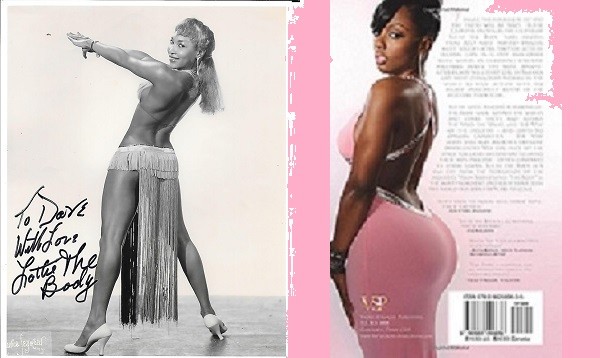




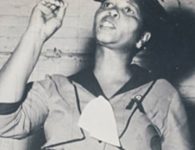
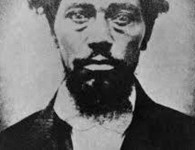


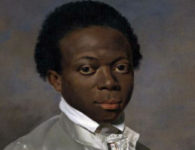



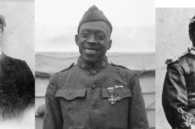
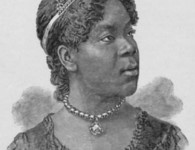
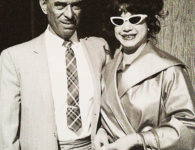

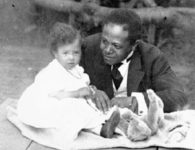


No comments